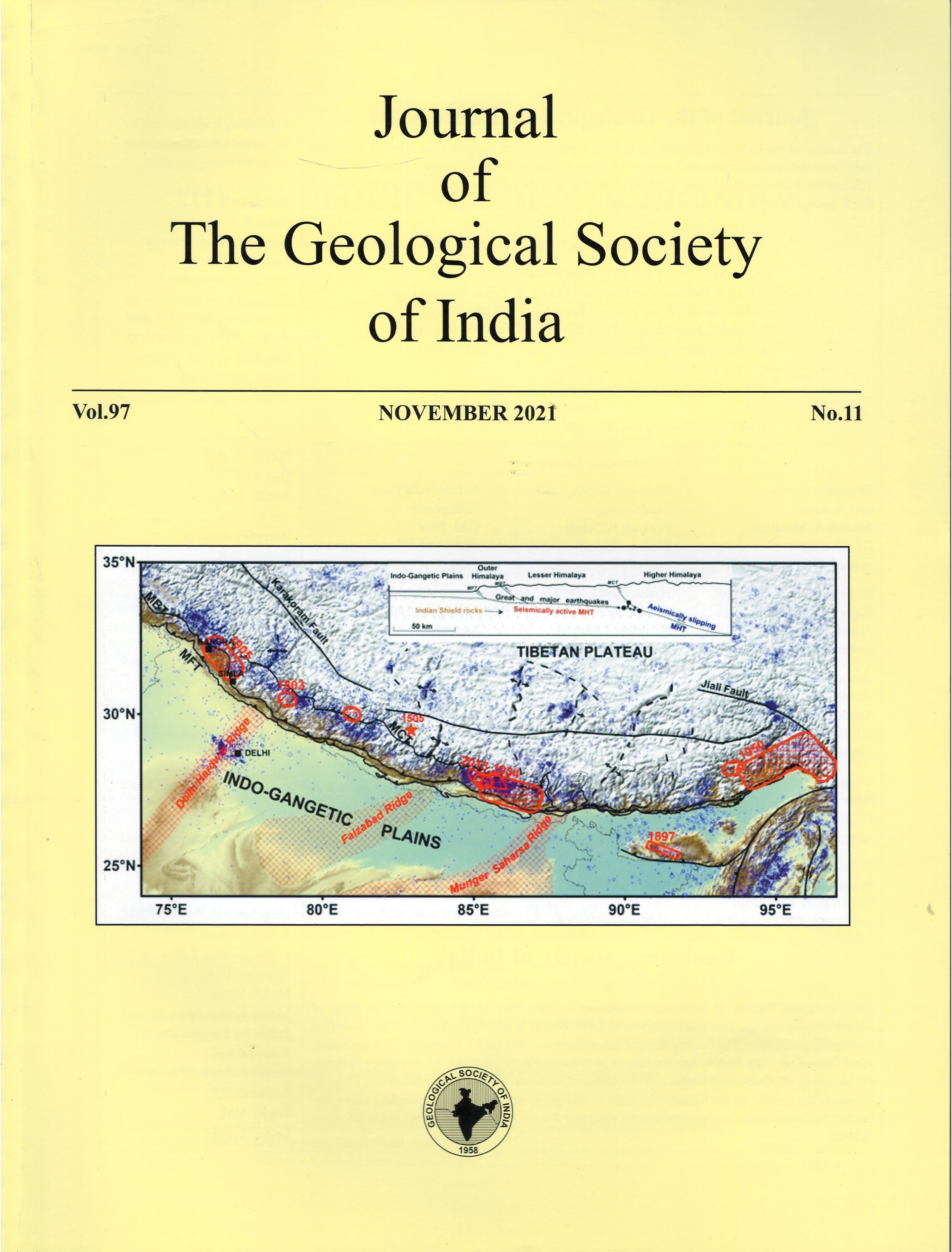Alarming Realities of Groundwater Dynamics in Basaltic Region through RS, GIS-Based Retrieval of Historical Data
DOI:
https://doi.org/10.1007/s12594-021-1884-yKeywords:
No keywords.Abstract
A concept of retrieving and monitoring groundwater dynamics was introduced via metrics derived using Remote Sensing (RS) and Geographic Information Systems (GIS) in the basaltic region, namely the Euclidian distance between neighbouring irrigation wells, area irrigated per well, well density and cluster analysis. In a representative Nagjhari watershed (14823 ha) located in Maharashtra state, India, temporal Google Earth images were interpreted visually to retrieve the periodic (2007, 2013, 2017), historical dugout well related data. During the decade, the number of wells increased by 429 (64%) with a 7% decrease in irrigated area, implying a greater number of competing users, tapping the same aquifer leading to the increased cost of irrigation. In 2007, functional wells (368) outnumbered defunct wells (303). By 2017, the reversal was far greater with 698 defunct wells compared to 399 functional wells. Clusters of 5-10, 10-15, and >15 number of wells respectively with 500 m proximity showed a common trend of a rising number of defunct wells (303 to 698), a decline in the total irrigated area in the watershed (from 517 to 479 ha), and irrigated area per unit well (from 1.41 to 1.23 ha) accompanied by a decrease in inter-well distance from 250 to 110 m. The well density increased from 0.035 to 0.25 units per ha. Neural clustering proved effective in discovering and delineating an aquifer located between 310-330 m contour classes. Three ‘hot spots’ of high well density, lower inter-well distance, and irrigated area per well were mapped. Observation wells monitored by the Central Ground Water Board were located within 460 m from the functional wells raising concerns about their representative character. An alarming trend of the rising number of competing groundwater users, increasing demand but actual use limited by aquifer yield potential was noted with negative influence on well density, and investment of about INR 34.55 million wasted over a decade.

 Snehalata Chaware
Snehalata Chaware






